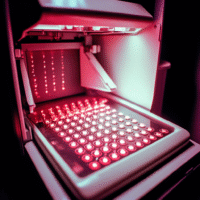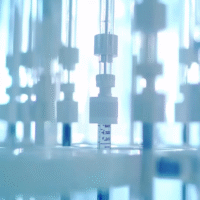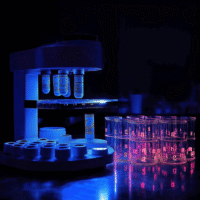Impact of Intravascular Imaging-Guided Stent Optimization According to Clinical Presentation in Patients Undergoing Complex PCI
Practical Solutions and Value
Background: The study aimed to determine if intravascular imaging-guided stent optimization has different effects based on the clinical presentation during complex percutaneous coronary intervention (PCI).
Methods: Patients with complex coronary artery lesions were randomly assigned to undergo either intravascular imaging-guided PCI or angiography-guided PCI. The primary endpoint was target vessel failure (TVF), a combination of cardiac death, target vessel-related myocardial infarction, or clinically driven target vessel revascularization.
Results: The study found no significant difference in the treatment effect of intravascular imaging between patients with acute coronary syndrome (ACS) and those with chronic coronary syndrome (CCS). However, among patients with ACS, intravascular imaging resulted in a reduced risk of TVF compared to angiography guidance. Stent optimization by intravascular imaging was particularly important for ACS patients.
Conclusions: The study concluded that there was no significant difference in the benefits of intravascular imaging based on clinical presentation in the risk of TVF. Stent optimization by intravascular imaging was particularly important for ACS patients.
Value: Clinical trials like this one are essential for developing safe and effective treatments. The results emphasize the practical value of intravascular imaging in improving patient outcomes, particularly for ACS patients undergoing complex PCI.





























